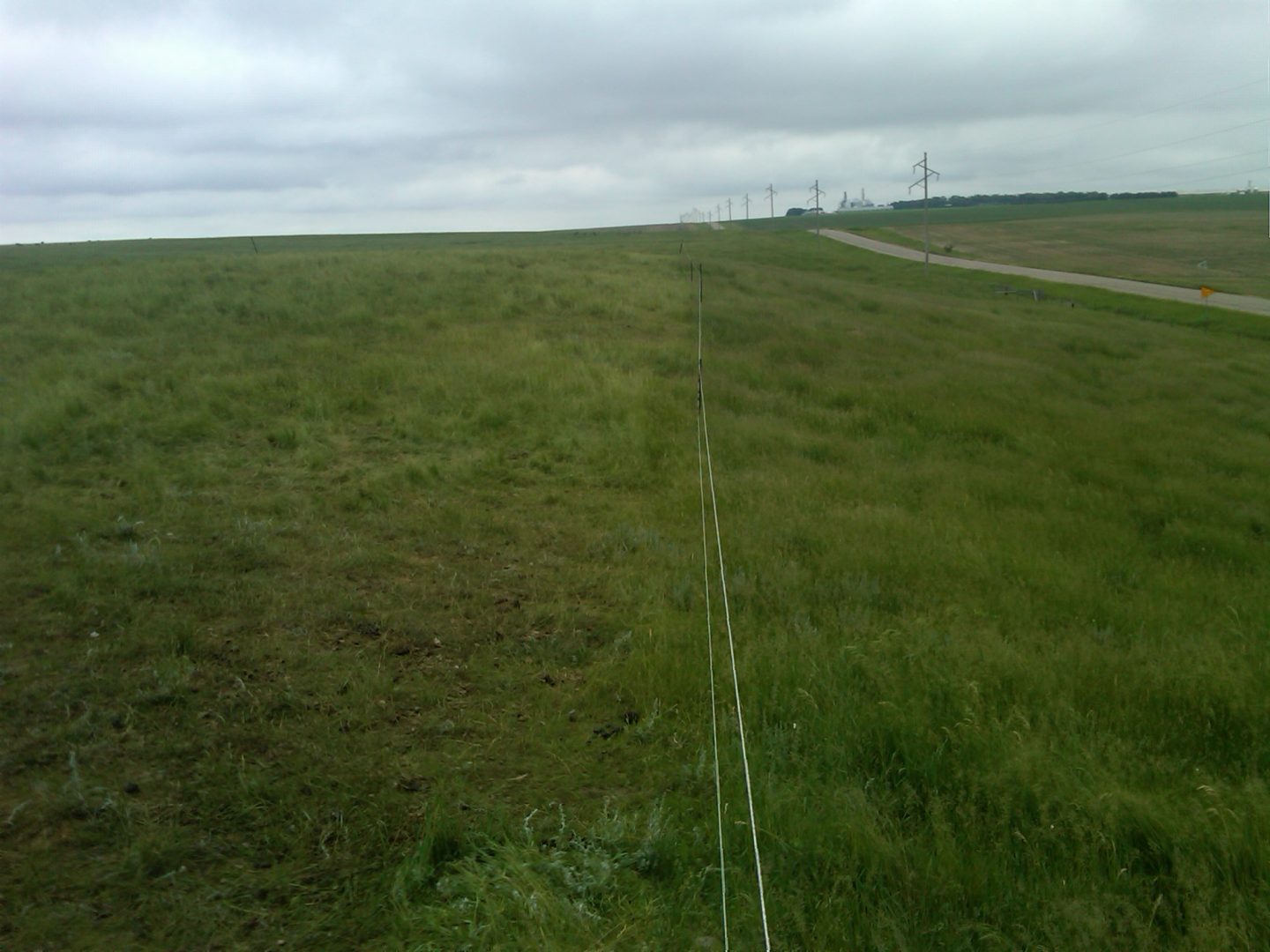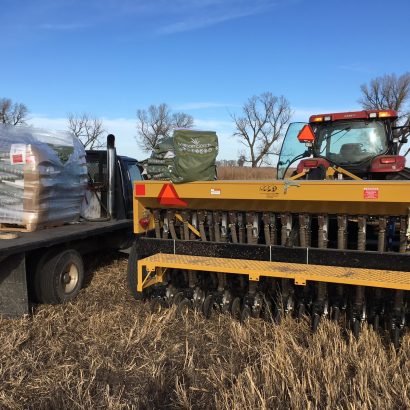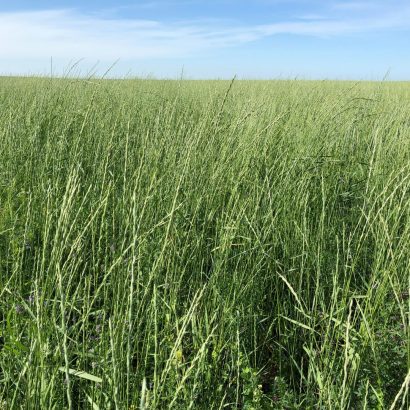South Dakota’s native rangelands are a hearty, yet fragile, resource. When managed correctly, these grasslands provide the state’s livestock producers with a reliable forage source.
“Native species are extremely resilient, and their longevity is phenomenal. If you manage native rangelands properly, regardless of the weather conditions, they will consistently produce,” explains Matt Metzger, a cattle producer and Forage Specialist.
When it comes to best management practices to maximize production and health of native range, Metzger says it’s important to understand the region and its grassland species.“Mother nature knows what she’s doing. Native grasses reflect the growing conditions of the region they call home,” he said.
For example, native grasses that dominate western regions of South Dakota, Wyoming, and Montana, include shorter, more drought resilient species, such as western wheatgrass and blue grama. In the eastern, tallgrass prairie region, which receives more moisture, species tend to be less drought-tolerant, and as their name suggests, the plants are taller and more productive.
Grazing, rest & recovery
Grazing is the tool livestock producers can manipulate to manage their native range. Implementing some form of rotational grazing results in a healthier range. The basis of rotational grazing, Metzger explains, is rest and recovery.
“Regardless of the region, rest and recovery are key to managing native grasslands,” Metzger says. “Basically, what you see above ground is a good reflection of what is going on below ground. If you are continuously removing grass and leaf area above ground, the plant has no ability to capture energy from the sun to feed itself and add to its root reserves.”
There are several grazing options which allow for rest and recovery, including high intensity, low-frequency grazing which requires the most management but is arguably the most effective system to maintain healthy native range.
The factors producers need to consider include the following:
- The current condition of rangeland
- The intensity of grazing compared to the length of rest
- Stocking rate
“Allowing the plant enough time to recover between grazing is critical to the health of the plant and the entire range system,” Metzger says. Because stocking rate depends upon several variables, which can change based on growing conditions, Metzger encourages livestock producers to utilize a stocking rate calculator or take forage production measurements on their ranch.




Discussion
0 Comments